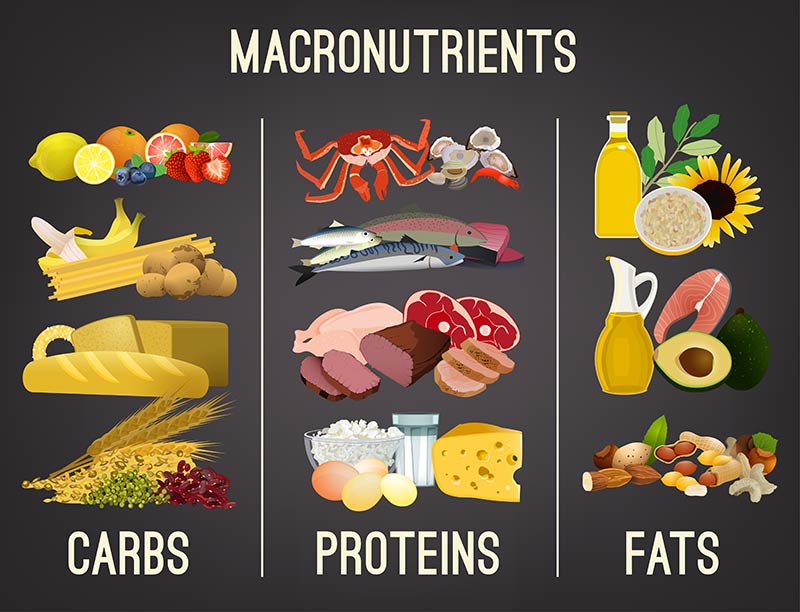Empower Your Wellness Journey
Discover tips and insights for a healthier lifestyle.
Slicing Through Fat: The Cutting Diet That Actually Works
Discover the cutting diet everyone is talking about! Unlock the secrets to effective fat loss and transform your body today.
The Science Behind the Cutting Diet: How It Helps You Slice Through Fat
The science behind the cutting diet involves manipulating your caloric intake to create a favorable environment for fat loss while preserving lean muscle mass. At its core, this diet reduces the number of calories consumed, primarily through a decreased intake of carbohydrates and fats, to push the body into a state of lipolysis. During this metabolic process, the body breaks down fat stores into fatty acids, which are then used as a source of energy. By focusing on high protein consumption, individuals not only satiate their hunger but also help maintain muscle mass during the caloric deficit.
Furthermore, the cutting diet is often supplemented with comprehensive exercise regimens that emphasize resistance training and high-intensity cardio. This combination not only helps in effectively burning calories but also promotes muscle retention. Researchers suggest that integrating macronutrient timing, which involves consuming proteins and carbohydrates around workouts, can greatly enhance results. For those diligently following a cutting program, the careful balancing of macro-nutrients is essential for achieving a toned physique and improving overall metabolic health.

Top 5 Mistakes to Avoid on the Cutting Diet for Maximum Fat Loss
When embarking on a cutting diet for maximum fat loss, it's crucial to avoid common pitfalls that can derail your progress. One significant mistake is drastically reducing calories without proper planning. While it's important to create a calorie deficit, slashing your intake too low can lead to muscle loss and a slower metabolism. Instead, aim for a moderate calorie deficit and incorporate nutrient-dense foods to ensure you're still getting essential vitamins and minerals. For more insights on safe calorie reduction, check out this article from Healthline.
Another common error is neglecting macronutrient balance. Many individuals focus solely on cutting calories and forget to pay attention to their protein, fats, and carbohydrates. A proper cutting diet should prioritize high protein intake to maintain muscle mass while reducing body fat. Inadequate protein can hinder your fat loss progress and cause muscle catabolism. For more information on balancing your macros, visit Bodybuilding.com.
Is the Cutting Diet Right for You? Key Factors to Consider Before Starting
The Cutting Diet is a popular approach among fitness enthusiasts aiming to reduce body fat while retaining muscle mass. However, before jumping in, it's crucial to evaluate whether this diet aligns with your health goals and lifestyle. Key factors to consider include your current body composition, metabolic health, and activity level. For instance, individuals with a higher percentage of body fat may benefit more from a cutting phase than those already at a low body fat percentage. Additionally, understanding the potential risks and benefits of caloric restriction is vital. You can find more insights on the effects of cutting diets in this Healthline article.
Another important aspect to consider is your long-term sustainability. Diets that are too restrictive can lead to feelings of deprivation, making it challenging to adhere in the long run. Instead, it may be more effective to adopt a balanced approach, incorporating healthy foods while gradually reducing caloric intake. Consultation with a healthcare professional can provide personalized guidance, ensuring that you make informed decisions about your diet. For a comprehensive overview of maintaining a healthy weight, refer to this ChooseMyPlate resource.